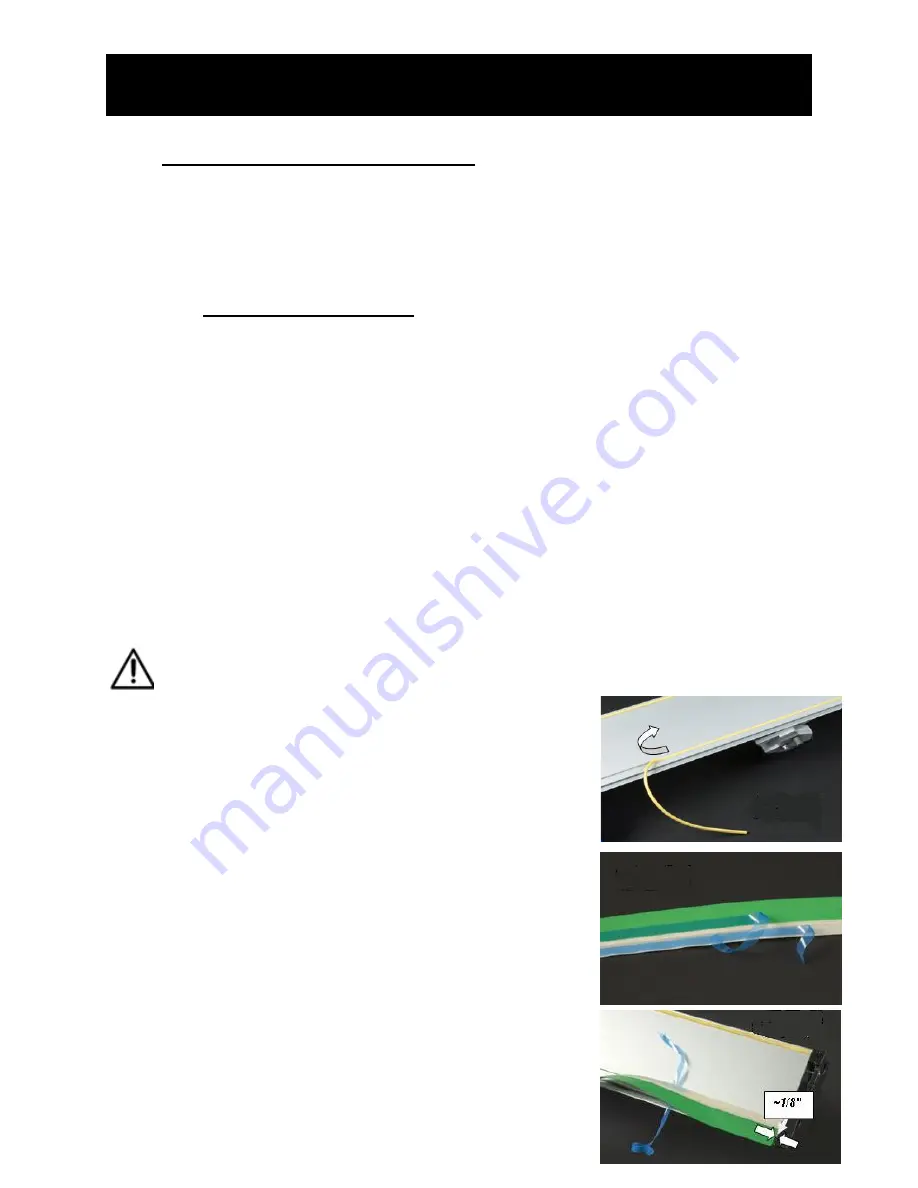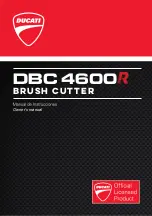
Operation
1
I.
OPERATING THE GEMINI PRO
1.
Unpacking Materials
Check the exterior of the packing box to make sure there is no visible damage. After unpacking
the unit, check
to make sure you have all the parts and there is no damage to the machine. Lay
out drill for attaching wall brackets, if you did not purchase the Atlas Workbench.
A.
Gemini Pro Components
•
Rail with Cutting Head already assembled
•
Shelf brackets to hang machine when not in use (not used with Atlas Workbench). The
number of brackets corresponds to the size of the cutter.
9
Two (2) brackets for Gemini Pro 40", 60" or 80" (1m, 1.5m or 2.0m)
9
Three (3) brackets for Gemini Pro 100" or 120" (2.0m and 3m)
•
One (1) Cutting Blade Magazine with Blade Stiffener
•
One (1) Box of 100 Blades
•
One (1) Sight-Line Guide Strip
•
Hex Key Wrenches (2mm & 2.5mm)
2.
Installing the Sight-Line Guide Strip
1.
Position the Gemini Pro upside down with both ends raised to keep the Cutting Head
suspended above the work surface.
2.
Ensure the cutting edge of the unit is in front of you.
¾
Tip: Use two (2) boxes approximately the same size to support the cutter.
CAUTION: Do not place the cutter directly on its Cutting Head or damage may occur.
3.
Locate the yellow rubber strip in the slot that is closest
to the cutting edge on the unit.
(Figure 1)
4.
Carefully remove it.
5.
Using a clean cloth and 50-70% isopropyl alcohol
(rubbing alcohol), clean any dirt or debris from either
side of the newly created slot.
♦
Note: Let the alcohol dry completely before
continuing to the next step.
6.
Locate the green Sight-Line Guide Strip from the
unpacked materials.
7.
Position the Guide Strip so the green portion is above
the cream-colored portion.
8.
Peel back approximately 6" (155mm) from the right
side of both of the blue adhesive liners.
(Figure 2)
9.
Turn over the Guide Strip and position the rib of the
Guide Strip over the slot.
♦
Note: The green plastic strip is toward the
cutting edge.
10.
Start the Guide Strip approximately 1/8" (4mm) in
from the right black End Cap.
(Figure 3)
Figure
1
Figure
1
Figure
2
Figure
3






























